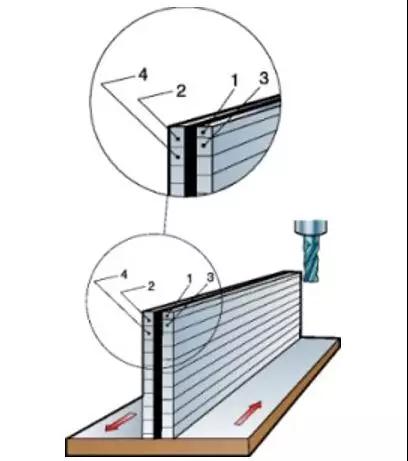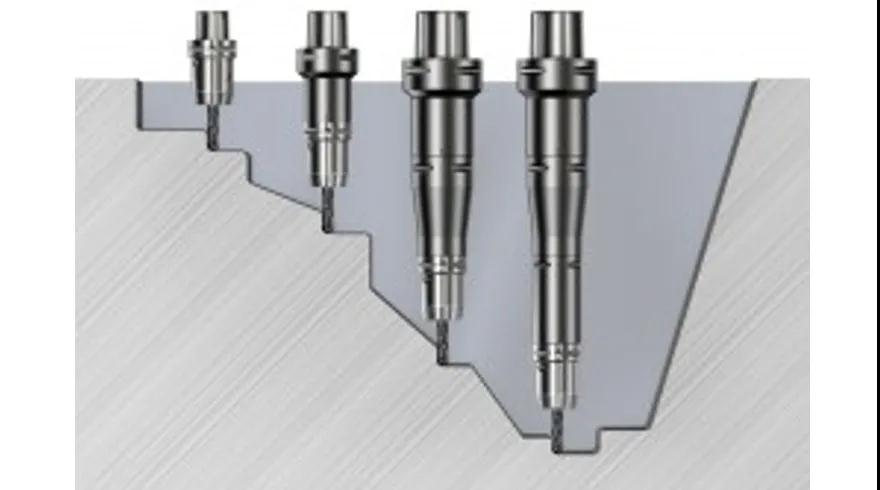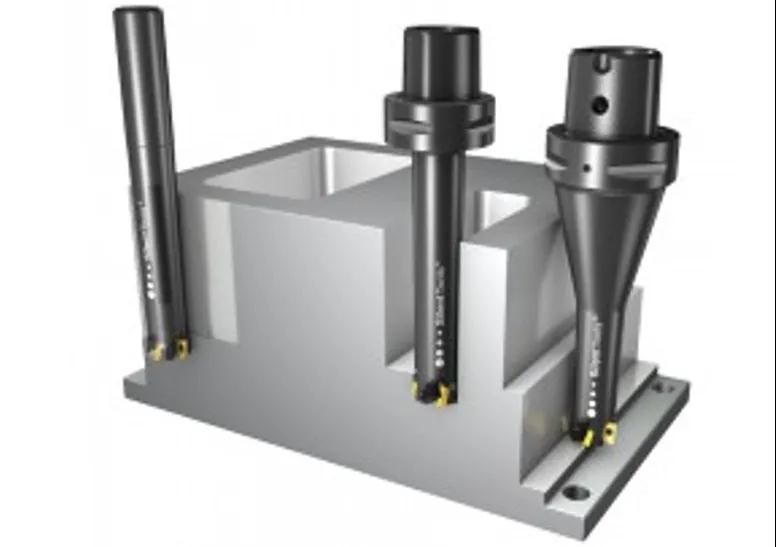How to reduce vibration during milling
1. Cutting Tools
(1) For face milling, the direction of cutting force must be considered:
1) When using a 90° milling cutter, the cutting force is mainly concentrated in the radial direction. In long overhang conditions, this can cause the milling cutter to sway; however, when milling thin-walled/vibration-sensitive parts, low axial forces are beneficial
2) 45° milling cutter can produce uniformly distributed axial and radial forces
3) The round blade milling cutter directs most of the force upwards along the spindle, especially when the depth of cut is small. In addition, the 10° milling cutter transmits the main cutting force to the spindle, thereby reducing vibration caused by long tool overhang

(2) Choose the smallest possible diameter for the process
(3) DC should be 20-50% larger than ae
(4) Choose sparse tooth and/or unequal pitch milling cutter
(5) Lightweight milling cutters are advantageous, such as milling cutters with aluminum alloy body
For unstable thin-walled workpieces, use large entering angle = small axial cutting force; for long tool overhang conditions, use small entering angle = high axial cutting force.
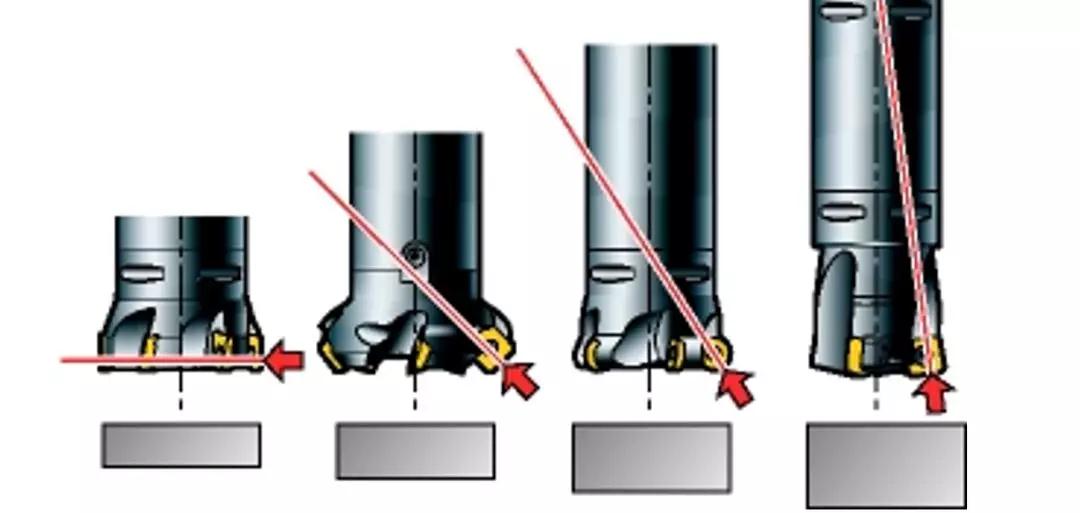
2. Tool handle
The modular tool holder system can be used to assemble a tool of the required length while maintaining high stability and minimum runout.
1) Keep the tool assembly as rigid as possible and as short as possible
2) Choose the largest post diameter/size
3) Use extension rods suitable for over-sized milling cutters and avoid reducing diameter extension rods
4) For small size milling cutters, if possible, use tapered adaptors
5) In the process where the last pass is in the deep part of the part, use the extended tool at the predetermined position. Adjust cutting parameters according to each tool length
6) If the spindle speed exceeds 20000 rpm, use a dynamically balanced cutting tool and tool holder
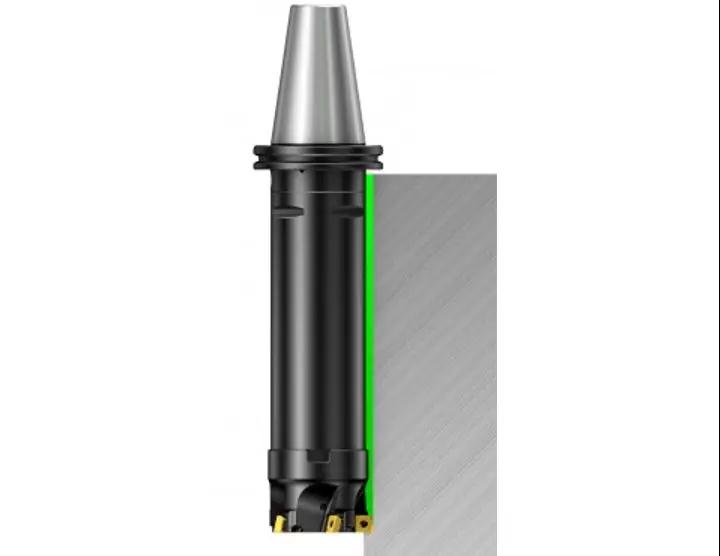
3. Damping milling cutter
If the overhang is greater than 4 times the tool diameter, the milling vibration trend may become more obvious.
4. Cutting edge
To reduce cutting force:
1) Choose light-load geometry-L with sharp cutting edge and thin coating material
2) Use a blade with a small arc radius and a small parallel cutting edge
Sometimes, the vibration tendency can be reduced by adding more damping to the system. Use a cutting edge geometry with a larger negative rake angle and a slightly worn cutting edge.
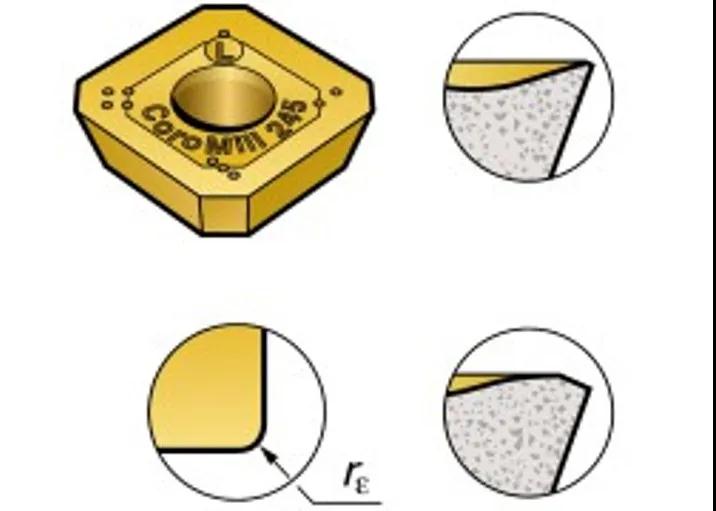
5. Cutting parameters and tool path programming
1) Be sure to position the milling cutter off-center relative to the milling surface
2) For KAPR 90° long-edge milling cutters or end mills, use small radial depth of cut (max ae = 25%×DC) and large axial depth of cut (max ap = 100%×De)
3) When face milling, use small depth of cut ap and high feed fz and round inserts or high feed milling cutters with small entering angle
4) Avoid vibration in the corners through programming of large arc passes, see milling of inner corners
5) If the chip thickness becomes too thin, the cutting edge will scratch instead of cutting, resulting in vibration. In this case, the feed per tooth should be increased
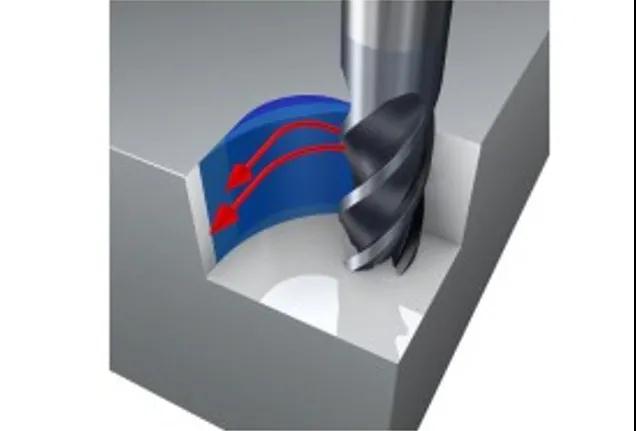
6. Machine tools
The condition of the machine tool may have a greater impact on the milling vibration trend. Excessive wear of the spindle bearing or feed mechanism will result in poor machining performance. Carefully choose the machining strategy and cutting force direction to take full advantage of the machine's stability.
Every machine tool spindle has unstable areas prone to vibration. The stable cutting area is described by the stability graph and increases with the increase in speed. Even a speed increase as low as 50 rpm can change the cutting process from an unstable state of vibration to a stable state.
7. Workpiece and its fixture
When milling thin-walled/base parts and/or when the fixture rigidity is poor, consider the following points:
1) The fixture should be close to the machine table
2) Optimize the tool path and feed direction towards the position with the highest machine tool/fixture strength to obtain the most stable cutting conditions
3) Avoid machining along the direction where the workpiece is not fully supported
4) When the rigidity of the fixture and/or workpiece in a certain direction is poor, up-milling can reduce the tendency of vibration
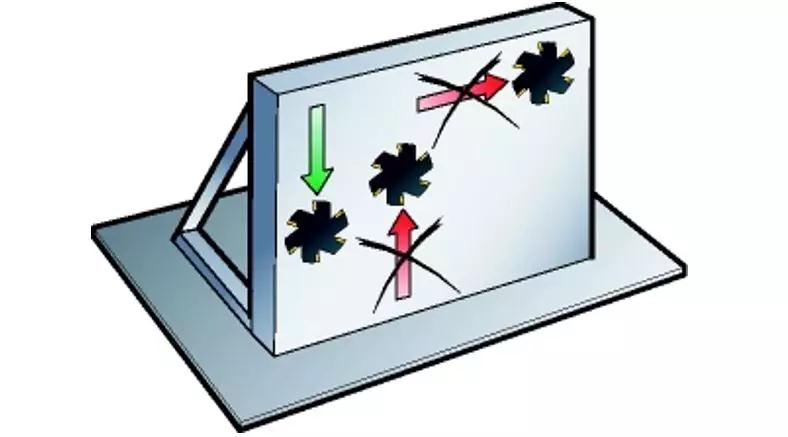
When the fixture rigidity is poor, use the feed direction toward the machine tool table
Please note that the first cut should be executed at 1/2 the depth of cut of the second cut, the second cut should be executed at 1/2 of the depth of cut of the third cut, and so on.
